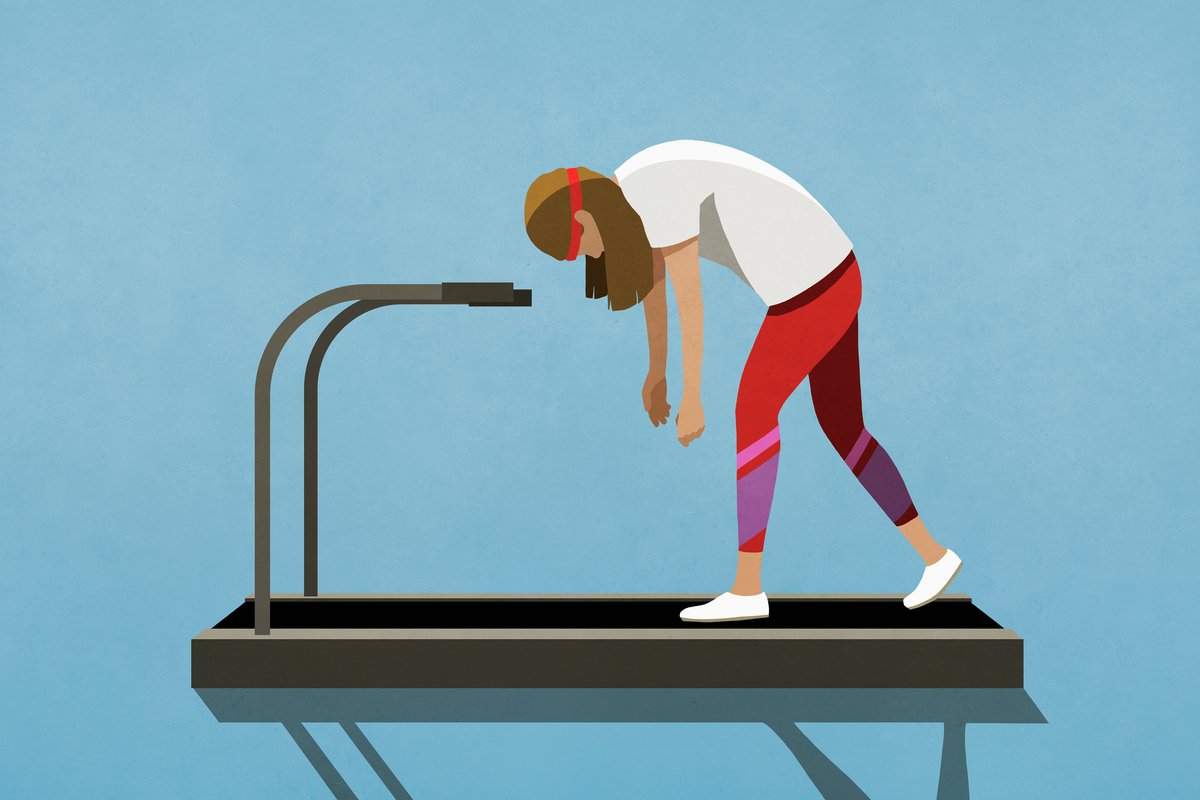“Some people who contract COVID are completely asymptomatic, while others will only be minimally affected by symptoms. Those who are asymptomatic can exercise at home while infected, as long as they continue to isolate themselves and not put other members of their household at risk. .”
But, as Dr. Thompson said, watch for changes in your breathing.
“It’s important to remember that COVID affects the respiratory system, so even if a person feels fine, exercising can affect breathing and make a person feel tired much faster than usual,” he said.
“Australians should remain vigilant about their symptoms and immediately stop physical activity if they start to feel worse.”
When it comes to the exact symptoms to monitor, our expert recommends paying special attention to symptoms below the neck, which include cough, chest pain, and abnormal levels of shortness of breath.
“You should also be on the lookout for feelings of fatigue, as it’s important not to exacerbate any remaining symptoms,” adds Dr. Thompson.
“If a person is completely exhausted and can’t complete the same exercise the next day, that’s a good indication that the level of physical activity was too much for their body and they should try to reduce it.”
What is the best way to exercise after COVID?
The most important thing to remember is that getting back into exercise after COVID is not a one-size-fits-all deal.
“Because of how contracting COVID has impacted people in a variety of ways, there won’t be one blanket answer for ‘the best way to exercise after COVID,’ BUT if you apply the same principles and approach to your training as you would when (re)introducing any training stimulus, you’ll be fine,” said performance coach Sean McInroy from Apex Strength Society.
“Error on the minus side: You’re unlikely to know if you’ve overdone it until you’ve gone too far and tried a little too hard, too soon.”
For those who haven’t exercised at all, McInroy suggests a slower return to physical activity.
“Set the lower expectation of what you think you should/want and rely on your subjective gauge of how recovered you feel throughout the day (post-exercise) and the day after to help determine your next step,” he suggests. .
“Do you feel comfortable increasing training stress? Do you feel like the session the day before was too much (based on how poorly recovered you feel)? Or do you feel like your response the day after training is sitting comfortably at the point between those two ends of the spectrum? It’s just a matter of trial and error.”
window.setTimeout(function(){var e,t,n,o;n=window,e=document,o=”script”,n.fbq||(t=n.fbq=function(){t.callMethod?t.callMethod.apply(t,arguments):t.queue.push(arguments)},n._fbq||(n._fbq=t),(t.push=t).loaded=!0,t.version=”2.0″,t.queue=[],(n=e.createElement(o)).async=!0,n.src=”https://connect.facebook.net/en_US/fbevents.js”,(o=e.getElementsByTagName(o)[0]).parentNode.insertBefore(n,o)),fbq(“init”,”810745638982745″),fbq(“track”,”PageView”)},200)
